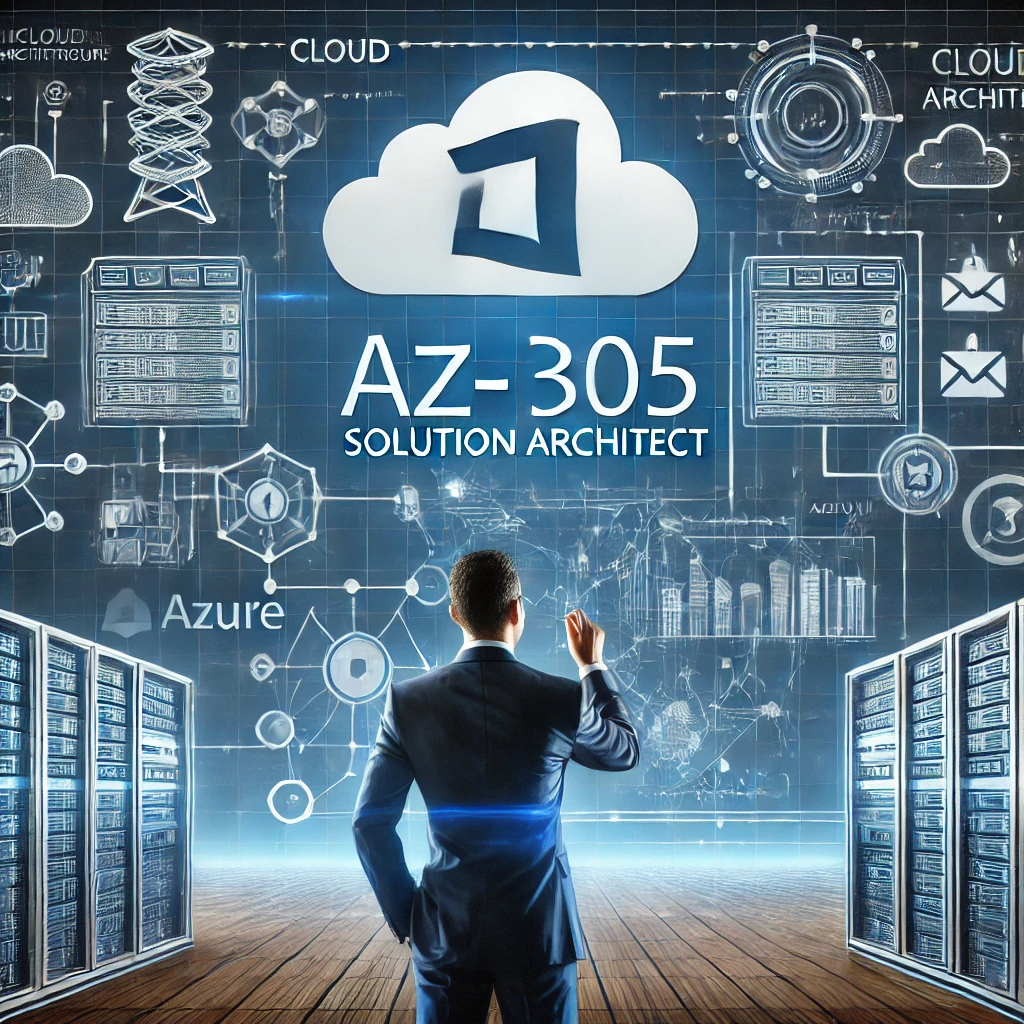AZ-305 Compute solutions
April 30, 2025•1318 words•7 min read•
certification
azure
AI summarised

Azure Recommendations for Compute Solutions
Below are the recommended Azure solutions for compute as aligned with the AZ-305 exam objectives.
Design Compute Solutions in Azure
1. Specify Components of a Compute Solution Based on Workload Requirements
Evaluate workload needs across these dimensions:
- Scalability: Horizontal (scale-out) vs. vertical (scale-up).
- Performance: CPU/memory/GPU requirements, latency sensitivity.
- Cost: Pay-as-you-go vs. reserved instances, spot pricing for batch jobs.
- Management Overhead: Fully managed (PaaS) vs. self-managed (IaaS).
- Compliance: Dedicated hardware (Azure Dedicated Hosts) or isolated containers.
Key Components:
- Compute Service (VMs, containers, serverless).
- Orchestration (VM Scale Sets, Kubernetes).
- Networking (load balancers, VNet integration).
- Storage (managed disks, Blob Storage).
- Monitoring/Logging (Azure Monitor, Log Analytics).
2. Recommend a Virtual Machine-Based Solution
Azure Virtual Machine Scale Sets (VMSS) is optimal for most VM workloads:
- Auto-scaling: Adjust VM count based on CPU/memory metrics12.
- High Availability: Distribute VMs across Availability Zones (99.99% SLA)23.
- Heterogeneous Workloads: Mix VM sizes in a single scale set2.
- Use Cases:
- Stateful apps (e.g., databases) with uniform orchestration.
- Lift-and-shift legacy apps requiring full OS control.
Alternatives:
- Azure Dedicated Hosts: For regulatory compliance or legacy licensing34.
- Single VMs: Low-traffic apps with static resource needs.
3. Recommend a Container-Based Solution
| Scenario | Recommendation | Key Features |
|---|---|---|
| Advanced Orchestration | Azure Kubernetes Service (AKS) | Full Kubernetes API access, auto-scaling pods/nodes, integrates with Azure AD and monitoring56. |
| Serverless Containers | Azure Container Apps | No infrastructure management, auto-scaling to zero, Dapr integration for microservices56. |
| Burst/Short-Lived Tasks | Azure Container Instances (ACI) | Launch containers in seconds, hypervisor isolation, cost-effective for sporadic workloads74. |
Best Practices:
- Use AKS for complex microservices requiring custom networking/storage.
- Prefer Container Apps for event-driven APIs or background jobs6.
4. Recommend a Serverless-Based Solution
Azure Functions:
- Event-Driven Workloads: HTTP triggers, timer-based jobs, or IoT telemetry processing83.
- Cost Optimization: Pay per execution (millisecond billing), scale to zero during inactivity86.
- Integration: Connect to Azure Event Grid, Cosmos DB, or Blob Storage8.
Azure Logic Apps:
- Workflow Automation: Low-code/no-code integration with SaaS apps (e.g., Salesforce, SharePoint)8.
Limitations:
- Avoid for long-running processes (>10 minutes) or high-memory apps6.
5. Recommend a Compute Solution for Batch Processing
Azure Batch:
- Parallel Jobs: Process large datasets (e.g., financial simulations, media transcoding) with auto-scaling pools94.
- Hybrid Bursting: Combine with ACI for on-demand compute during peak loads79.
- Cost Savings: Use low-priority VMs for fault-tolerant workloads9.
Use Cases:
- Genomics analysis, Monte Carlo risk modeling, 3D rendering9.
Decision Table: Compute Solutions
| Workload Type | Recommendation | Scalability | Management | Cost Efficiency |
|---|---|---|---|---|
| Legacy Apps | VM Scale Sets | High (1,000 nodes) | Moderate | Medium (reserved instances) |
| Microservices | AKS/Container Apps | High (K8s pods) | Low (PaaS) | High (serverless containers) |
| Event-Driven | Azure Functions | Automatic | Fully managed | Pay-per-use |
| Batch/HPC | Azure Batch + ACI | Massive parallel | Moderate | High (spot instances) |
Key Considerations
- Stateless Workloads: Prefer serverless or containers for faster scaling58.
- Compliance: Use Dedicated Hosts or isolated containers for regulatory needs34.
- Cost Control: Apply Azure Policy to enforce VM size limits and tag-based governance10.
By aligning these recommendations with workload requirements, you optimize performance, cost, and operational efficiency in Azure.
Summarised with Perplexity.
Footnotes
- https://learn.microsoft.com/en-us/azure/architecture/guide/technology-choices/compute-decision-tree ↩
- https://azure.microsoft.com/en-gb/products/virtual-machine-scale-sets ↩ ↩2 ↩3
- https://k21academy.com/microsoft-azure/az-104/understanding-azure-compute-services/ ↩ ↩2 ↩3 ↩4
- https://www.alifconsulting.com/post/azure-compute-service ↩ ↩2 ↩3 ↩4
- https://learn.microsoft.com/en-us/azure/architecture/guide/choose-azure-container-service ↩ ↩2 ↩3
- https://cast.ai/blog/azure-containers-services-pricing-and-feature-comparison/ ↩ ↩2 ↩3 ↩4 ↩5
- https://azure.microsoft.com/en-gb/products/container-instances ↩ ↩2
- https://azure.microsoft.com/en-us/solutions/serverless ↩ ↩2 ↩3 ↩4 ↩5
- https://learn.microsoft.com/en-us/azure/batch/batch-technical-overview ↩ ↩2 ↩3 ↩4
- https://learn.microsoft.com/en-us/azure/well-architected/performance-efficiency/select-services ↩